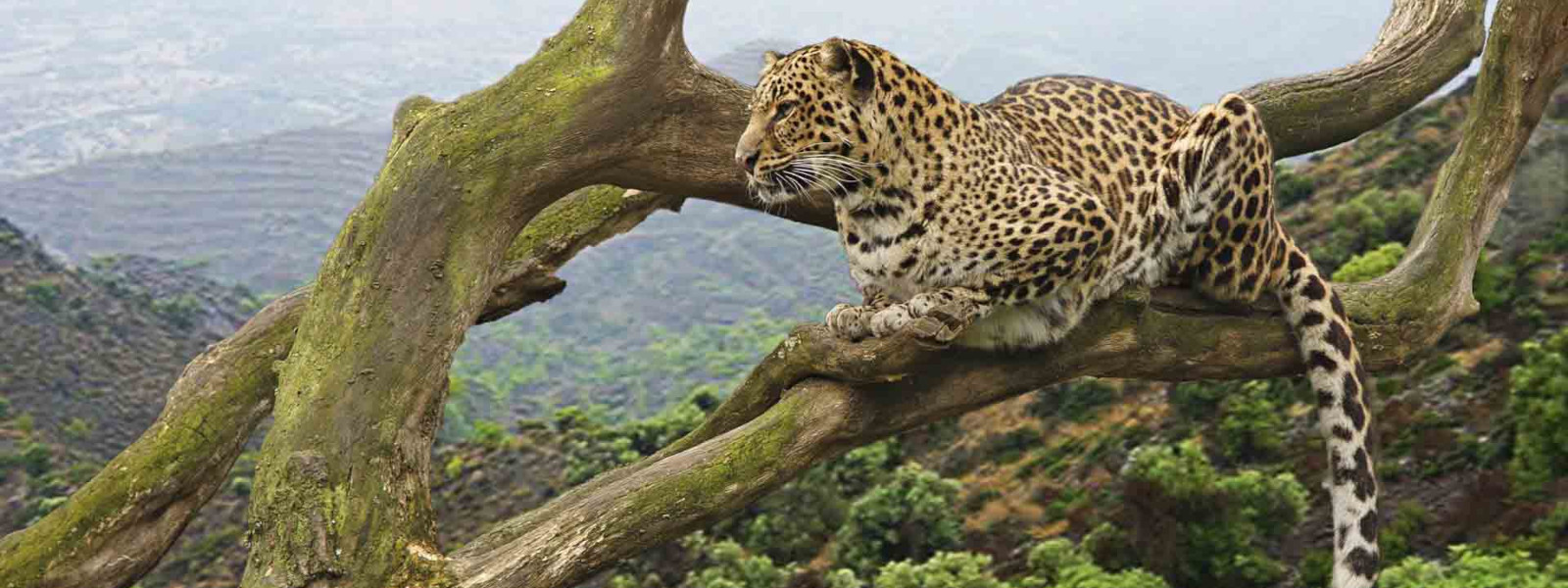Usambara Mountains

About Usambara Mountains
Situated in the north-east of Tanzania. With their wide vistas, cool climate, winding paths and picturesque villages, the Usambara’s are one of Tanzanian’s highlights. The Usambara’s are a part of the ancient Eastern Arc chain which mountains stretch in a broken crescent from the Taita hills in southern Kenya down to Morogoro and the southern highlands. They are estimated to be at least 100 million years old and the rocks forming them may be as much as 600 million years old. The mountains are home to an exceptional assortment of plants and animals and represent one of the highest degrees of biodiversity on the continent.
The habitation of the Usambara´s goes back to at least 1,5 million years. Traces which are unique in world history were found near Mambo and still can be seen . Nobody knows which people first settled in the Usambara’s, only that the ancestors of the present Sambaa people came hundreds of years ago. In the mid 18th century a Sambaa kingdom existed which had about 60.000 people.
In the latter half of the 19th century it is reported that there was a lot of war and terror with neighboring tribes which ended with the German colonization.
The Germans discovered the charm of the Usmabara’s and they established Lushoto (during those days Wilhelmsthal) and it was a favoured holiday spot for colonial administrators. Today you still find many traces of the German times. Tanganyika became a British mandate territory after World War I. The British administration continued to reserve and exploit forests. After independence in 1961 the Ujamaa politics or so called “African socialism” of president Nyerere brought one of the best organized village communities in Africa which still exists today in the Usmabara’s. Besides the historical sites the Usambaras have a lot of interesting places and activities. It is a exquisite place for hiking, bird watching, mountain biking or relaxing.
By landing your foot at Usambara it’s a golden opportunity to combing your experience by stepping to Irente View Point, Magamba Rain Forest, Mkuzi waterfalls, Ndelemai Forest, Mtae View Point, Soni Falls, Nilo Nature Reserve, Amani Nature Reserve, Mazumbai Forest, Mkomazi National Park, Southern Pare and Magoroto Forest Reserve. For an amazing retreat.
Day walks and overnight treks take visitors through some of the most concentrated areas of biodiversity in Africa. Bird watching is especially rewarding, and the views from the mountaintops stretch over the Masai Steppe and, on a clear day, as far as the Indian Ocean.
The Usambaras consist of two mountain blocks; the smaller is the East Usambaras lying closer to the coast with slightly higher rainfall. This block is less populated and its primary attraction is the Amani Nature Reserves, approached from Muheza, with its botanical garden, butterfly farming, tea & spice plantations. The West Usambaras are separated from the East by a valley and are approached via the district centre of Lushoto.
The mountains boast of over 3000 plant species in total and over 600 tree species. The Usambaras are part of the Eastern Arc Mountains which run parallel to the Tanzanian coast extending into Taita Hills in Kenya, and recognized as one of the world’s biodiversity hotspots. This exceptional diversity attracts naturalists and nature lovers from all over the world who come to watch birds, study trees and flowers or butterflies.
The Usambara Mountains, situated in the north eastern part of Tanzania, are known for their pleasant climate, beautiful view points and fertile slopes. Favoured by the Germans and English during colonial times, the area is rich in historical buildings from the period. Excursions, which take half day or less, will include hiking and visits to Wasambaa villages, where visitors may have a glimpse of daily life of the local people.
- Irente viewpoint
Hike up the Irente viewpoint to get a panoramic view of Mazinde village almost 1000 below and the vast Maasai plains beyond. On the way back, visit the Irente Farm cheese factory and the royal village of Kwembago.
- Usambara flora and fauna
Walk through the fertile farmlands of Jaegertal to a fruit tree nursery and learn about different varieties of fruit trees and their propagation. Continue uphill to the village of Vuli to see projects on soil conservation, irrigation and farming methods.
- Magamba Forest
Walk uphill from Lushoto to the royal village of Kwembago, where you learn about the cultural history of the Kilindi ruling clan. From Kwembago you have a beautiful view of Lushoto and the Maasai plains. Proceed to the Magamba rainforests, home to black and white colobus monkeys. Return via an old German Middle School, a German trench dug during the First World War and the village of Magamba.
- “Growing Rock”
The “Growing Rock” tour starts from Soni. Walk to the top of the Kwamongo mountain, famous for its butterflies, enjoy views of Soni, Lushoto and the Handeni plains from the peak. Visit the villages of Shashui and Kwemula on the way. Descend to the village of Magila at the foot of the “Growing Rock” to visit a soil conservation project and learn the mystery about the rock.
Attractions around Usambara:
- Irente View Point
- Magamba Rain Forest
- Mkuzi waterfalls
- Ndelemai Forest
- Mtae View Point
- Soni Falls
- Nilo Nature Reserve
- Amani Nature Reserve
- Mazumbai Forest
- Mkomazi National Park
- Southern Pare
- Magoroto Forest Reserve
Properties:
- Lushoto Executive Lodge
- Mullers Lodge
- Mambo View Point
- Irente View Cliff Lodge
- Emau Hills
- Amani Forest Camp
- Swiss Farm Cottage
- Lawns Hotel
- Tumaini Hostel
- Lushoto Sun Hotel
- Highland Park Hotel
- Avocado Lodge
- Mombo View Eco Lodge